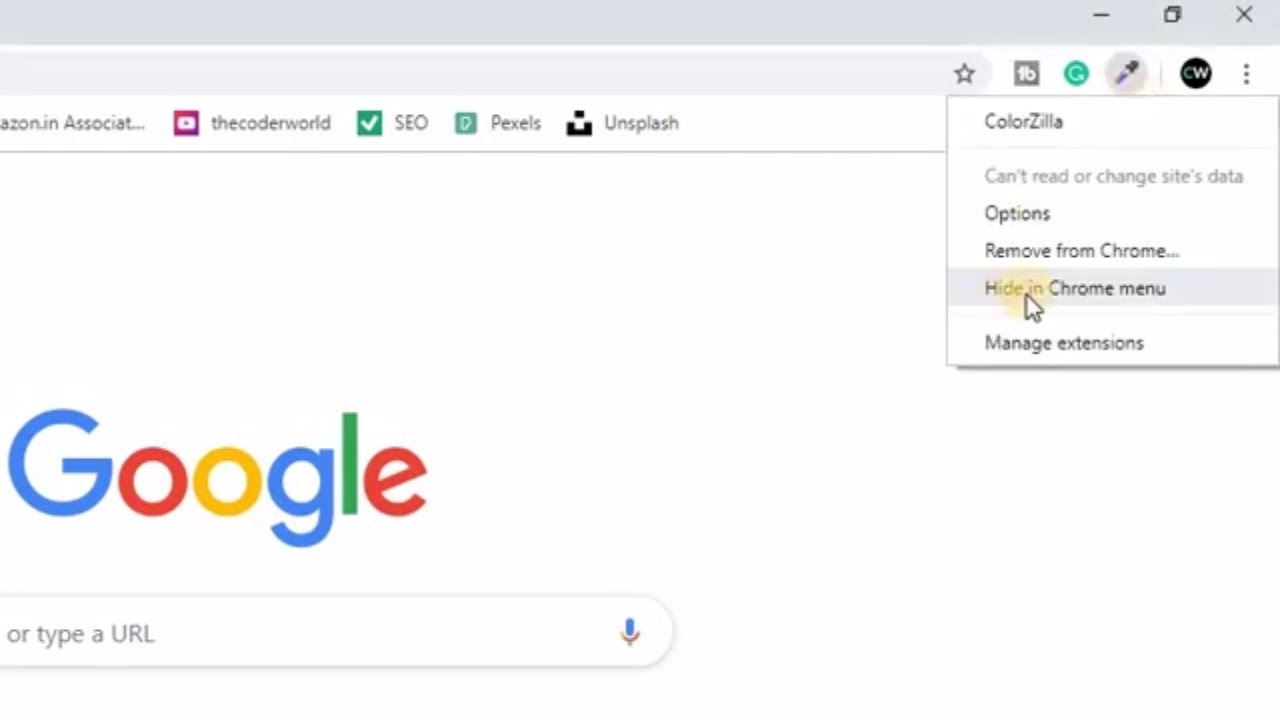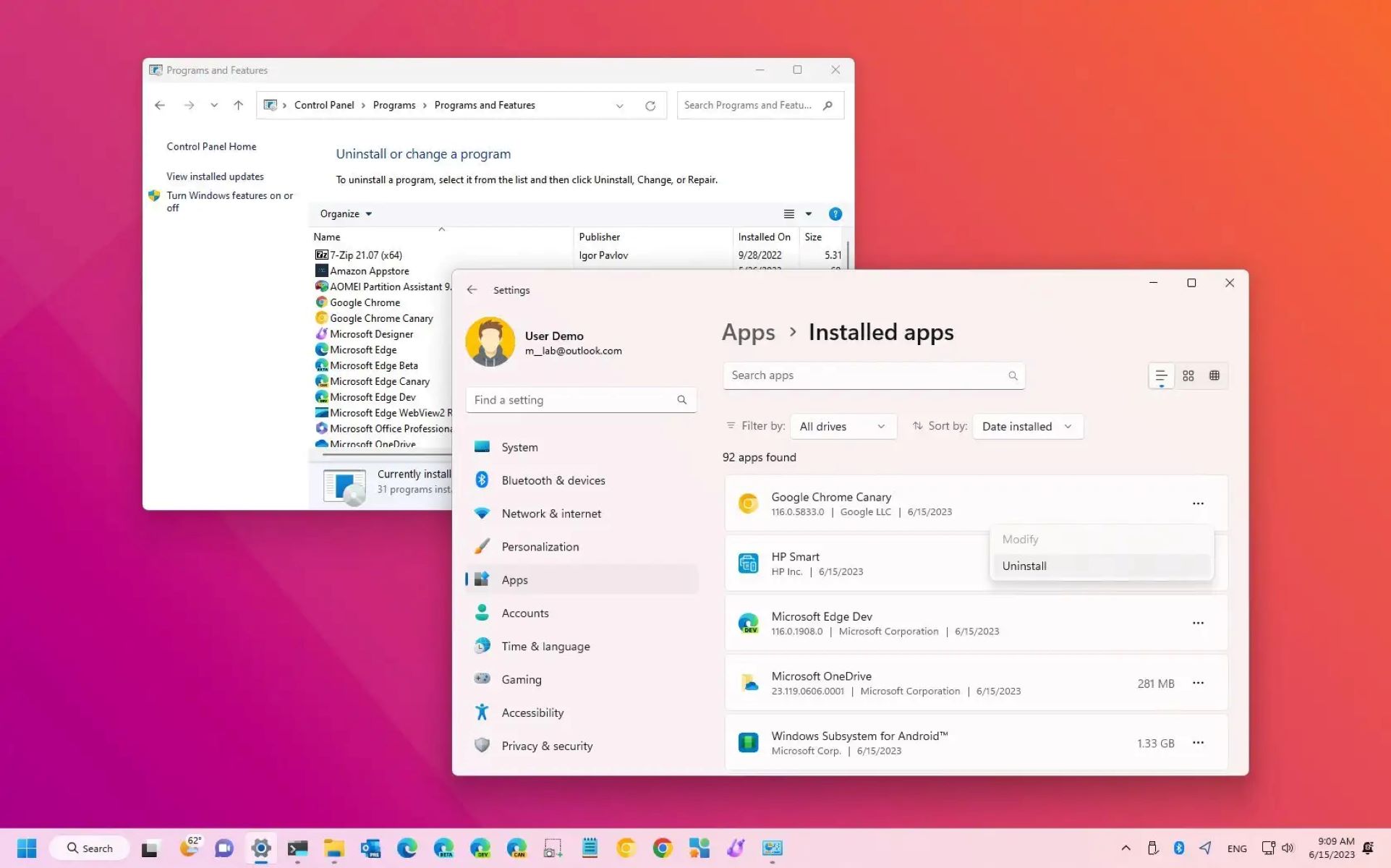Introduction
Welcome to the world of banking, where every transaction is meticulously recorded and organized. Have you ever wondered what those numbers and letters at the end of a banking account represent? They are called suffixes, and they play a critical role in the banking industry.
Suffixes are an essential component of a bank account number, providing additional information that helps identify the type of account and its purpose. These suffixes are alphanumeric characters that can provide valuable insights to both the bank and the account holder.
In this article, we will explore the meaning and significance of suffixes in banking. We will delve into their definition, purpose, common examples, as well as their impact on banking operations. Understanding the role of suffixes in banking will give you a deeper insight into how banks manage accounts efficiently and offer a wide range of services to their customers.
Let’s dive into the world of banking suffixes, uncover their meaning, and discover the value they bring to the industry.
Definition of Suffix in Banking
A suffix in banking refers to the alphanumeric characters that are added at the end of a bank account number. These suffixes serve as identifiers that provide additional information about the type of account and its specific purpose. They are often used by banks to classify various types of accounts, such as checking accounts, savings accounts, or specialized accounts like loans or investments.
The format and length of suffixes can vary across different banking institutions. In some cases, they may consist of a single letter or number, while in other cases, they may involve multiple characters. Suffixes can be standardized across an entire banking system or be specific to a particular bank or financial institution.
For example, a typical bank account number may have a suffix such as “01” to indicate a checking account, “02” for a savings account, “03” for a money market account, and so on. These suffixes help both the bank and the account holder quickly identify the type of account, facilitating streamlined account management and transaction processing.
It’s important to note that suffixes are not exclusive to individual bank accounts. They can also be used within larger banking systems to identify different branches, departments, or services offered by the bank. This allows for efficient routing of transactions and ensures accurate record-keeping.
Overall, suffixes in banking are essential markers that provide relevant information regarding the nature and purpose of a particular bank account. Understanding the significance of these suffixes is crucial for both bank employees and customers, as it allows for effective account administration and financial management.
Why are Suffixes Used in Banking?
Suffixes are used in banking for several important reasons. They serve as identifiers that help differentiate between different types of accounts and enable efficient management of banking operations. Here are some key reasons why suffixes are an integral part of the banking system:
1. Account Classification: Suffixes provide a way for banks to classify and categorize various types of accounts. They indicate whether an account is a checking account, savings account, loan account, or any other specialized account. This classification helps bank employees and customers easily identify and understand the purpose of an account.
2. Transaction Routing: Suffixes play a crucial role in routing transactions accurately within a banking system. When a transaction takes place, the suffix helps determine the appropriate account and ensure that the funds are credited or debited to the correct account. This reduces the chances of errors and ensures smooth transaction processing.
3. Record-Keeping: By using suffixes, banks can maintain detailed records of different types of accounts and their activities. This aids in organizing and tracking account information, allowing for easy retrieval of data when needed. Suffixes also facilitate the generation of statements and reports specific to each type of account.
4. Product Differentiation: Banks often offer a wide range of products and services, each with its own unique features and benefits. Suffixes help distinguish between different products within the same category. For example, within savings accounts, suffixes can differentiate between regular savings, high-yield savings, or children’s savings accounts.
5. Regulatory Compliance: Banking regulations require the accurate classification and reporting of different types of accounts. Suffixes provide a standardized way of complying with these regulations and ensure that the appropriate documentation and disclosures are provided for each specific account type.
Overall, suffixes in banking are essential tools that enable effective account management, transaction processing, record-keeping, and regulatory compliance. They simplify operations within the banking system and enhance the overall efficiency and accuracy of banking processes.
Common Examples of Suffixes in Banking
In the banking industry, there are several common examples of suffixes that are used to indicate different types of accounts and services. These suffixes help both bank employees and customers quickly identify the purpose and characteristics of a particular account. Let’s explore some of the typical suffixes you may come across:
1. “01” – Checking Account: This suffix is frequently used to indicate a standard checking account. It represents an account primarily intended for everyday transactions, such as depositing and withdrawing funds, writing checks, and making electronic payments.
2. “02” – Savings Account: A savings account is typically identified by this suffix. It is designed for individuals to save money and earn interest on their balances while having limited transaction options compared to a checking account.
3. “03” – Money Market Account: This suffix is often used to signify a money market account. Money market accounts tend to offer higher interest rates than regular savings accounts and allow limited check writing privileges.
4. “04” – Certificate of Deposit (CD) Account: CD accounts often use this suffix. These accounts require customers to deposit a fixed amount of money for a specified period of time, generally earning higher interest rates than traditional savings accounts.
5. “05” – Loan Account: When you have a loan from a bank, the suffix “05” may be appended to your account number. This suffix helps differentiate loan accounts from deposit accounts, as the terms and conditions for these accounts are distinct.
6. “06” – Investment Account: This suffix is commonly utilized to represent an investment account. It is associated with accounts that allow customers to purchase and manage various investment products, such as stocks, bonds, mutual funds, and more.
7. “07” – Specialized Account: Banks may assign this suffix to denote specialized accounts, such as trust accounts, retirement accounts (e.g., IRAs), health savings accounts (HSAs), or educational savings accounts (ESAs).
It’s important to note that these suffixes may vary depending on the bank or financial institution. Additionally, some banks may use alphanumeric combinations to signify specific account types or services. By understanding these common suffixes, customers can gain a better understanding of their account type and its associated features and benefits.
Benefits of Using Suffixes in Banking
The utilization of suffixes in banking provides several significant benefits for both the bank and its customers. These benefits enhance the efficiency, organization, and clarity of banking operations. Let’s delve into the advantages of using suffixes:
1. Account Identification: Suffixes help quickly identify and differentiate between various types of accounts. This allows both bank employees and customers to easily recognize the purpose and characteristics of an account, facilitating efficient account management.
2. Transaction Accuracy: With the use of suffixes, transactions can be accurately routed to the appropriate accounts. This reduces the risk of errors and ensures that funds are credited or debited to the correct account, enhancing the integrity of financial transactions.
3. Customized Reporting: Suffixes enable banks to generate customized reports and statements for different account types. This allows customers to receive detailed information specific to their account, including transaction history, interest earned, and other relevant details.
4. Product Segmentation: Banks often offer a range of products and services tailored to different customer needs. Suffixes help categorize and differentiate these products, making it easier for customers to understand and select the right banking solution for their financial goals.
5. Improved Record-Keeping: The use of suffixes enables systematic record-keeping by classifying accounts based on their specific purpose. This simplifies auditing procedures and facilitates easy retrieval of account information when needed.
6. Regulatory Compliance: Banking regulations frequently require the accurate classification and reporting of different account types. Suffixes provide a standardized method for complying with these regulations, ensuring that the appropriate documentation and disclosures are maintained for each type of account.
7. Enhanced Customer Service: The use of suffixes enhances customer service by enabling bank employees to quickly identify and address the specific needs of each account type. This results in a more personalized and efficient customer experience.
8. Streamlined Operations: Suffixes assist in streamlining banking operations by categorizing accounts, simplifying transaction processing, and improving overall operational efficiency. This enables banks to provide prompt service, reduce errors, and optimize resource allocation.
In summary, the implementation of suffixes in banking offers numerous benefits, including improved account identification, transaction accuracy, customized reporting, product segmentation, enhanced record-keeping, regulatory compliance, enhanced customer service, and streamlined operations. These advantages contribute to a more efficient, organized, and customer-centric banking experience.
Challenges of Using Suffixes in Banking
While the use of suffixes in banking provides significant benefits, there are also some challenges associated with their implementation. These challenges can impact both the banks and their customers. Let’s explore some of the common challenges faced when using suffixes in banking:
1. Complexity: The complexity of suffixes can vary across different banks and banking systems. With a wide range of account types and services, it can be challenging for customers to understand the meaning and purpose of each suffix, leading to confusion and potential errors.
2. Standardization: While there are certain standardized suffixes in the banking industry, there is no universal standard followed by all banks. This lack of uniformity can create challenges for customers when navigating between different banks or financial institutions.
3. Length Constraints: Some systems impose character or length constraints on suffixes, limiting their ability to effectively represent specific account types or services. This can lead to the use of abbreviations or truncated suffixes, which may not be easily understandable to customers.
4. Updating Existing Systems: Implementing suffixes in existing banking systems can be a complex and time-consuming process. Banks need to ensure seamless integration and compatibility with their core systems, which may require significant IT resources and expertise.
5. Training and Education: Both bank employees and customers need to be educated and trained on the meaning and significance of different suffixes. This can be an ongoing challenge as banks introduce new suffixes or modify existing ones to adapt to changes in account offerings or regulatory requirements.
6. Customer Awareness: Ensuring that customers are aware and informed about the suffixes associated with their accounts can be a challenge. Communication and education are key to helping customers understand the purpose of specific suffixes and how they impact their banking experience.
7. Human Error: While suffixes are designed to enhance accuracy, there is always a possibility of human error when entering or interpreting suffixes. Mistakes in entering or processing suffixes can have financial implications and may require additional effort to rectify.
Despite these challenges, banks continue to leverage the benefits provided by suffixes while actively working to address these issues. Through effective communication, system improvements, and ongoing education, the challenges associated with suffixes can be minimized, allowing for a smoother banking experience for customers.
How Suffixes Impact Banking Operations
Suffixes play a crucial role in shaping and streamlining banking operations. Their impact can be seen in various aspects of the banking industry, from account management to transaction processing and overall operational efficiency. Let’s explore how suffixes impact banking operations:
1. Efficient Account Management: Suffixes enable banks to efficiently manage accounts by categorizing them based on their specific type and purpose. This classification allows for streamlined administration, accurate reporting, and personalized customer service. It helps both customers and bank employees quickly identify and understand the characteristics of each account, facilitating effective account management.
2. Transaction Processing: Suffixes provide a standardized and systematic way of routing transactions within the banking system. By identifying the specific account type through the suffix, banks can ensure that funds are correctly credited or debited to the appropriate account. This reduces errors and simplifies the process of reconciling transactions, enhancing the overall efficiency of transaction processing.
3. Data Organization and Reporting: Suffixes aid in organizing and categorizing customer data within the banking system. By classifying accounts based on their suffixes, banks can generate customized reports and statements for different account types. This allows for accurate and specific reporting, making it easier for customers to track their financial activities and make informed decisions.
4. Product Development and Marketing: The use of suffixes allows banks to develop and market specialized products and services tailored to different customer needs. By assigning unique suffixes to specific product offerings, banks can differentiate their offerings and effectively target specific customer segments. This creates opportunities for cross-selling and upselling, enhancing the bank’s revenue stream.
5. Regulatory Compliance: Suffixes play a vital role in ensuring regulatory compliance within the banking industry. They assist in categorizing accounts and providing accurate documentation and reporting required by regulatory authorities. By consistently applying suffixes according to regulatory guidelines, banks can stay compliant with legal and industry standards.
6. Customer Experience: The use of suffixes contributes to a better customer experience by providing clarity and facilitating efficient banking interactions. Suffixes help customers understand the purpose and features of their accounts, enabling them to make informed decisions. By streamlining operations and tailoring services to specific account types, banks can deliver enhanced customer service and support.
7. System Integration and Scalability: Suffixes are integrated into banking systems, allowing for scalability and expansion. As banks introduce new account types or services, suffixes can be easily assigned, ensuring smooth integration into the existing system. This scalability facilitates the growth and evolution of banking operations.
In summary, suffixes have a significant impact on banking operations, driving efficiency, accuracy, and customer satisfaction. From efficient account management to streamlined transaction processing, suffixes enable banks to provide personalized services, adhere to regulatory requirements, and improve overall operational effectiveness.
Conclusion
Suffixes play an essential role in the banking industry, providing valuable information about the type and purpose of bank accounts. They enhance the efficiency and effectiveness of banking operations, benefiting both banks and their customers.
By using suffixes, banks can easily classify and manage different types of accounts, ensuring accurate record-keeping and streamlined transaction processing. Suffixes also enable customized reporting, allowing customers to access detailed information specific to their account type.
While there are challenges associated with the use of suffixes, such as complexity and standardization issues, banks actively work towards addressing these challenges through training, communication, and system improvements.
Overall, suffixes have a significant impact on banking operations, enabling efficient account management, accurate transaction processing, and regulatory compliance. They contribute to a better customer experience by providing clarity and personalized services. As the banking industry continues to evolve, suffixes will remain a vital tool for effective account management and service differentiation.

























